How raw milk is fighting its way back to our tables: 'One taste and you'll be hooked... there's no going back'
Raw milk has been vilified in the press and by food agencies and competitor industries for decades, but its superior taste and health benefits demand we take a second look, argues Tom Parker Bowles.

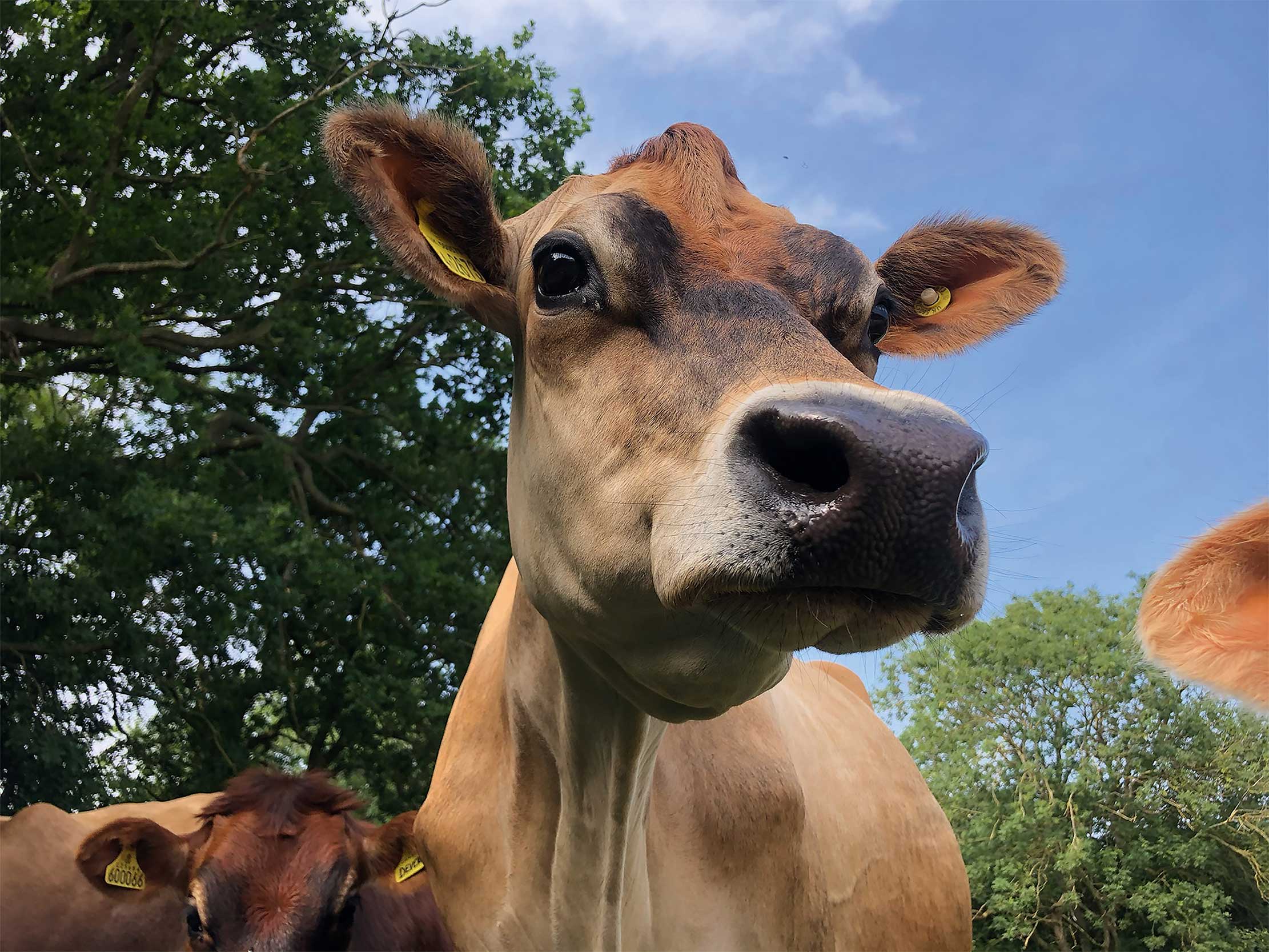
You never forget your first sip. Of raw milk that is, fresh from the cow, simply filtered, cooled and bottled. No pasteurisation, homogenisation or standardisation. Meaning it still contains the full complement of vitamins, minerals and natural digestive enzymes. As well as providing the most lusciously creamy mouthful of pure dairy delight; rich, sweet and voluptuously full bodied. If the average supermarket pint is Dorothy in Kansas, all drab monochrome, then raw milk is the moment she steps into Oz and the screen erupts into dazzling Technicolour. For someone who was ambivalent about milk, the raw stuff was a revelation.
And that revelation came courtesy of Steven Hook, a fourth-generation Sussex dairy farmer, way back in 2011 at Selfridges, in London. A manager of its Food Hall had tried his raw milk at the Abergavenny Food Festival, fallen in love and, after a few meetings sorting out the legalities (the law stated that raw milk could ‘only be sold from the farm premises’), it agreed that Mr Hook could rent some floor space in the Food Hall, install his own raw-milk vending machine, and sell direct to his customers. And it was from that machine, after plugging my coin into the slot and filling up my own glass bottle, I took my first taste. The punters couldn’t get enough. Selfridges was happy. Mr Hook was delighted. But then the trouble began.
‘For 50 years, the pasteurising industry had been bedevilling the image of raw milk as a dangerous food,’ explains Mr Hook. ‘However, in December 2011, one of the pinnacles of the private food sector, Selfridges Food Hall, was very publicly endorsing raw milk.’ Within 24 hours, the Food Standards Agency (FSA) demanded that the machine was removed because it was illegal. It wasn’t. Selfridges responded, saying it was Mr Hook’s machine, so the FSA should contact him. They never did.
Anyway, to cut an epic story rather short, thanks to circumstances way beyond Mr Hook’s control (and involving an entirely unrelated issue), he decided to withdraw the machine in March 2012—although Selfridges agreed the venture had been a great success and no laws had been broken.
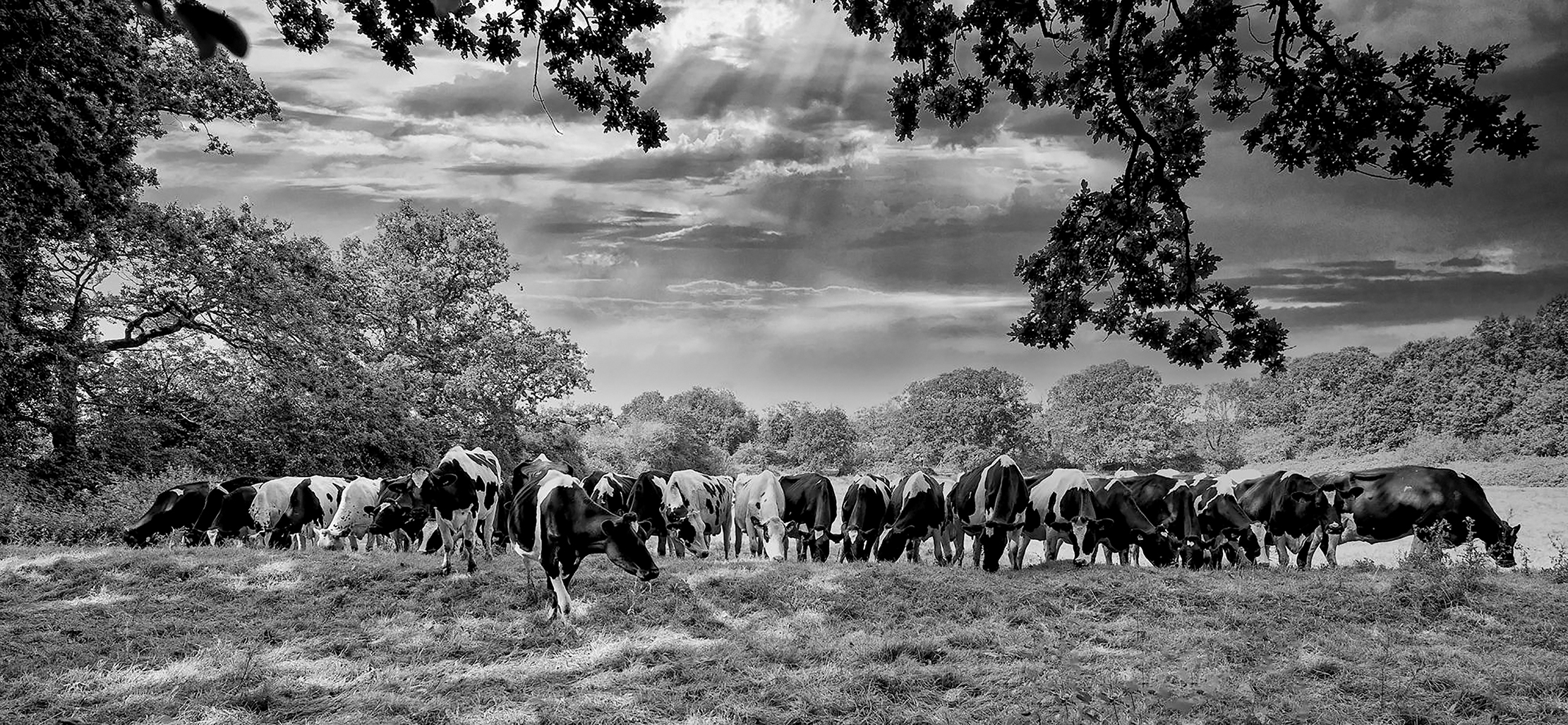
However, the prejudice against raw milk goes back many years, a mixture of scare stories, misinformation and, once upon a time, some very legitimate fears, too.
‘The idea that raw milk is unsafe and poisonous is ingrained in the British psyche,’ says Jon Cook, from Dora’s Dairy in Wiltshire. ‘But there was a good reason for pasteurisation. During the Industrial Revolution, when dairies moved into towns, the cows were fed brewery and bakery waste, rather than grass. And they became ill. And ill cows produce ill milk.’ Add in hygiene standards that ranged from the poor to the non-existent, and pasteurisation became an essential and lifesaving innovation.
These days, however, English and Welsh raw-milk producers (the milk is still illegal in Scotland, for some unfathomable reason) operate to some of the highest hygiene standards in the world. In 2014, once the FSA had visited Hook and Son (as well as Ellie’s Dairy in Kent), its officials were, in the words of Mr Hook, ‘incredibly impressed. And began to understand that farmers could produce raw milk safely, train staff, have food management systems in place, that they understood pathogen risks and mitigated those risks, and carried out independent testing to validate their raw-milk sales.’
Exquisite houses, the beauty of Nature, and how to get the most from your life, straight to your inbox.
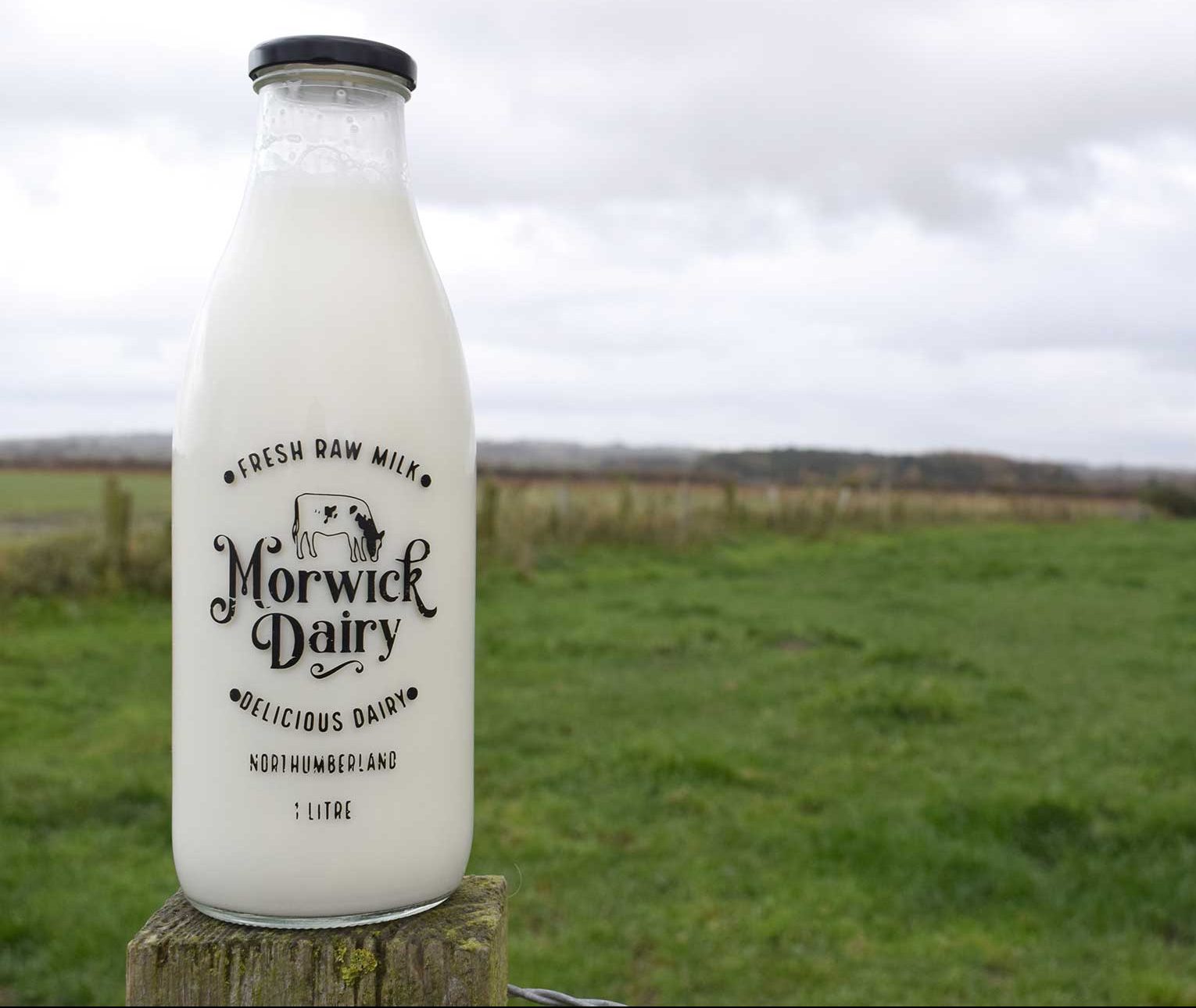
By 2018, the demand for raw milk had grown by five times and licensed farmers went from 70 to 200. Now, with FSA support, there’s a Raw Milk Producers Association, which offers guidance to anyone new to the sector.
As to the health benefits of raw milk, its supporters, of which there are many, claim it can lower your cholesterol, fight infection and offer an incredible source of protein, as well as help with eczema, asthma and many allergies. It’s even suitable for those with lactose intolerances. I’ve spoken to many people who swear by its beneficial properties, but as Mr Hook points out, ‘the only real claims that pasteurised milk can legally make is it being a good source of calcium and possibly a good source of protein’.
The problem is that there has been no serious research into its empirical benefits. ‘Why is raw milk such a mystery?’ he asks. ‘Very simple. It’s not in the corporate food world’s interest for this knowledge to be out there.’
In the meantime, give raw milk a chance. Not only are you supporting a dairy industry already on its knees, but you’re giving those taste buds an experience they’ll never forget. The fact that it may have other benefits simply makes raw milk taste all the more sweet.
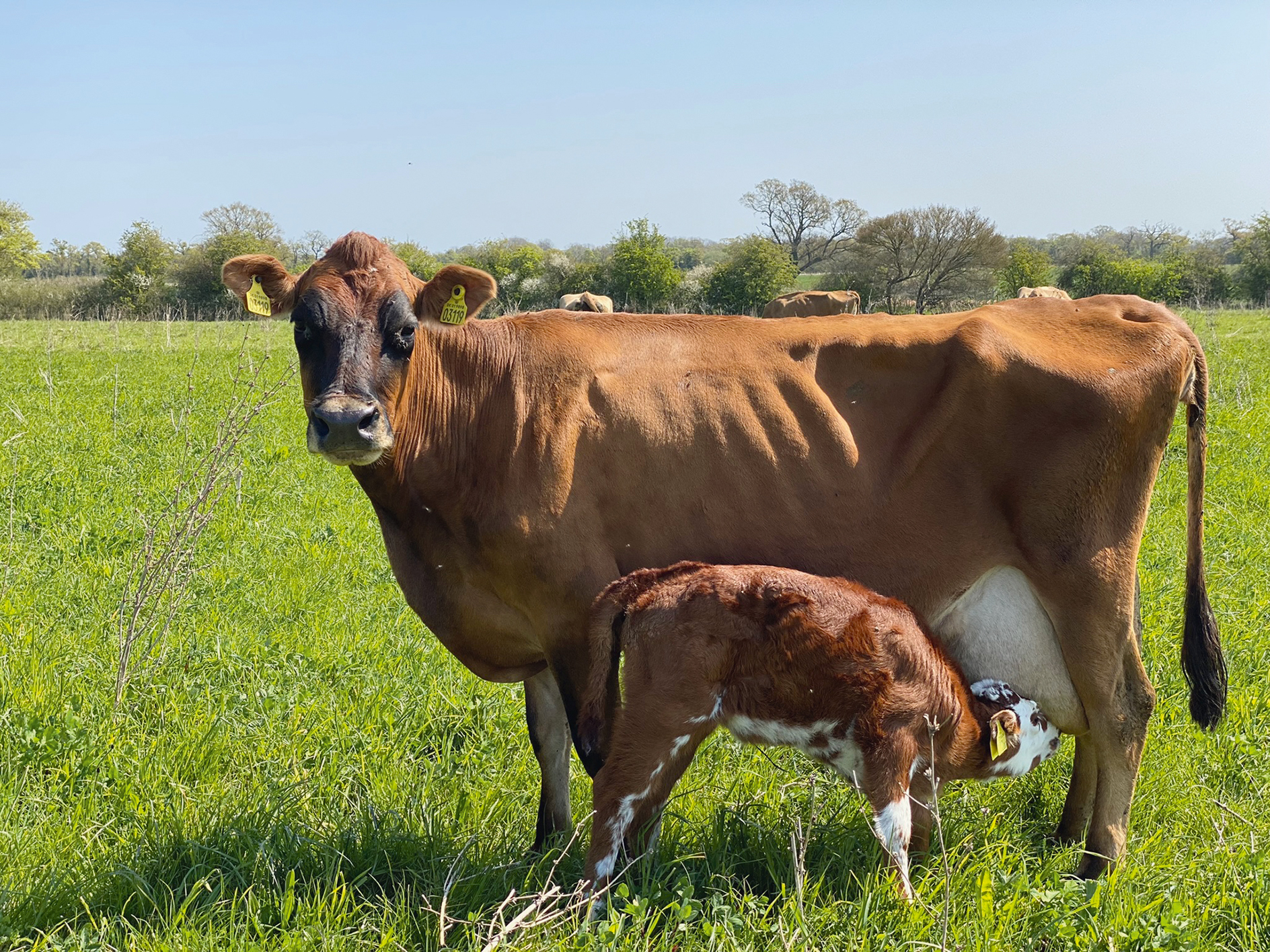
Meet the raw-milk dairy farmers
Morwick Dairy, Northumberland
‘We started in 2003 as an ice-cream parlour,’ says Ben Howie of the family dairy business, ‘and started selling raw milk, pre-bottled, in 2016. We’ve always drunk it in the farmhouse, and it has so much going for it.’ It now has a raw-milk vending machine, and the milk travels a mere 30 yards between dairy and machine. The herd is made up of a mixture of Holstein and Ayrshire cows, as well as a few Jerseys, too. ‘It’s an intensely local product. All I can say is “give it a go”. Once tasted, you’ll be hooked.’ www.morwickdairy.co.uk
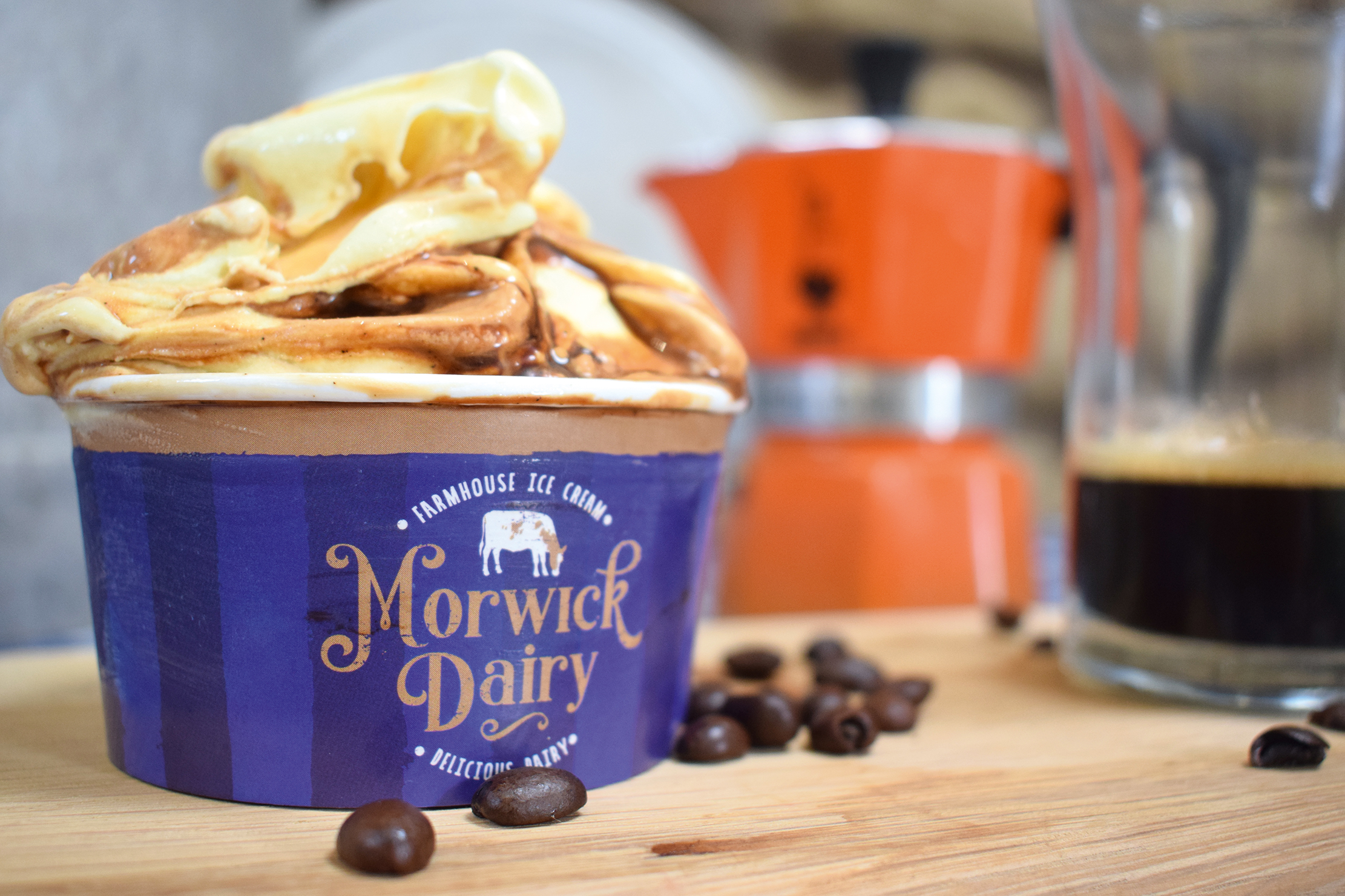
Dora’s Dairy, Gloucestershire
‘Why raw milk?’ asks Jon Cook, who runs the dairy together with his wife, Sarah. ‘Why would you not have the most nutritious food? Pasteurisation destroys goodness. Raw milk is a complete food, perfectly designed to grow a baby mammal for up to a year.’
The herd is made up of a mix of Jerseys and alpine breeds, such as fleckvieh and brown Swiss. ‘Your farming practices have to be very high and to make good food, you need low-stress systems. Whereas a commercial cow can produce up to 14,000 litres of milk per year, we get only 2,000–3,000 litres (440–660 gallons). But, once people have tasted it, there’s no going back.’ www.dorasdairy.co.uk
Old Hall Farm, Norfolk
‘We went up to Scotland for a holiday in 2016,’ says Rebecca Mayhew, ‘and not only fell in love with the cows up there, but raw milk, too. Which is ironic, as it’s illegal to sell in Scotland.’ The Mayhew family have been farming in Norfolk since the mid 1940s, but their pedigree Jersey herd is their passion. Cows at the cow-with-calf dairy are entirely pasture fed—‘you can taste the terroir of our milk’. www.oldhallfarm.co.uk
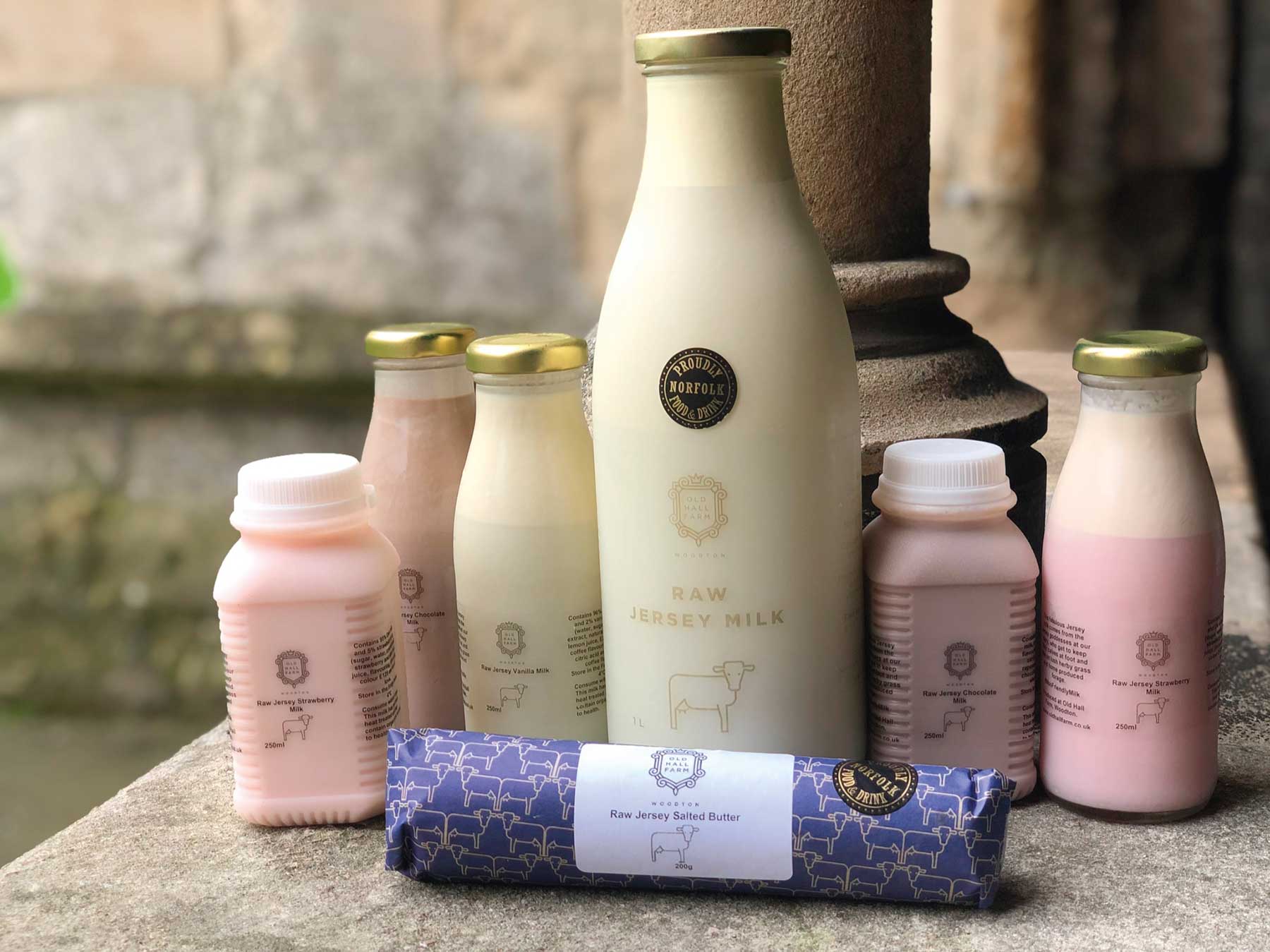
Hook and Son, Hampshire
Steven Hook spent six years trying, but ultimately failing, to start a conventional organic-milk production and delivery service with seven other Sussex and Kent farmers, but found they simply could not compete on prices. ‘Our provenance, story and quality of milk didn’t mean a thing. The only thing that mattered was price.’
In 2007, he looked into selling raw milk and found that it was not only legal, but that he had to sell it directly. Meaning no middlemen. ‘I also believe that, because raw milk is not pasteurised or homogenised, everything in it is in its natural state, which makes it so clean on the palate. It’s as if the body’s metabolism knows what it is and loves it instead of thinking “what the hell is this?”.’ www.hookandson.co.uk
Tom Parker Bowles is food writer, critic and regular contributor to Country Life.
